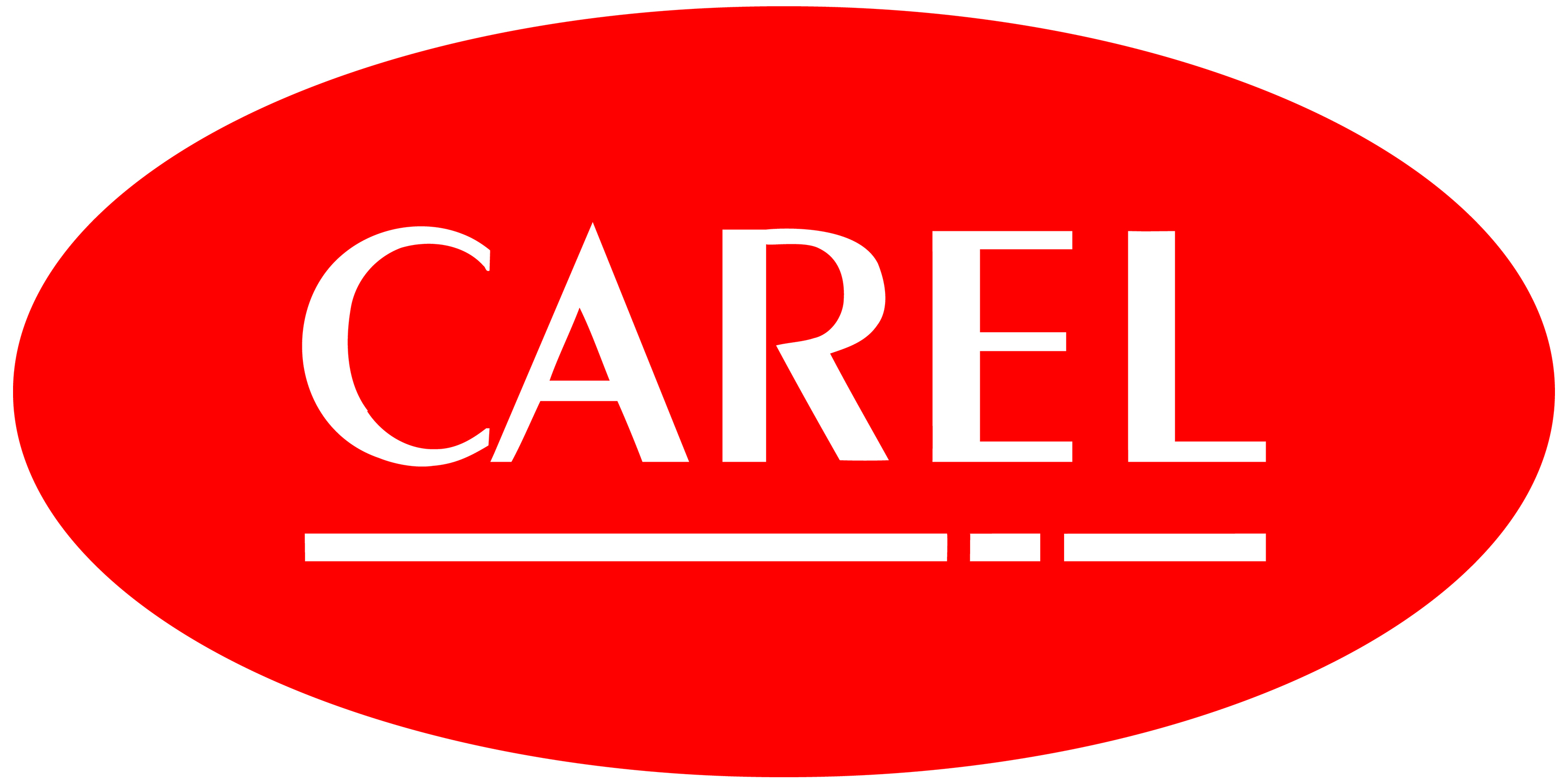What are the advantages of using CO2 as a refrigerant?
CO2 is a cheap refrigerant, widely available and easy obtainable from the combustion of hydrocarbons. It’s a completely green refrigerant: it has a zero ODP (ozone depleting potential) and a GWP (global warming potential) of one (CO2 is the fluid used for comparison when evaluating the greenhouse effect). From a sustainability point of view, CO2 is by far better than any HFC/HFO refrigerant. The critical temperature of CO2 is quite low, just 31.1°C. This allows the possibility to operate not only in subcritical conditions, as in traditional cycles, but also transcritical, depending on the operating conditions. If we consider subcritical conditions, CO2 is by far better than any traditional refrigerant, thanks to its favourable physical properties.
What are the advantages of using plug-in and semi plug-in units?
Plug-in units have air-cooled condensers, whereas semi plug-in units have water-cooled condensing units. The advantage of using water-cooled condensing units is that the heat of condensation is carried away by the water loop, thus avoiding an increase in temperature inside the supermarket, and indeed this can even be used for space heating and domestic hot water production, bringing benefits for both the unit and the entire building. On the contrary, air-cooled plug-in cabinets are more flexible, due to the absence of plastic pipe connections, however they dissipate the heat into the supermarket. This means an extra cost for air-conditioning in summer, with some savings on heating in winter.
How much did the prices of HFCs increase in 2017?
The price of R-404A increased by more than 900%, and that of R-410A by around 500%.
Which refrigerants can retrofit R-404A systems?
R-448A, R-449A, R-407F, R-407A or R-452A are possible candidates for retrofitting R-404A or R-507A systems. These refrigerants have a GWP between 1200 and 2200 and are mixtures with glide.
